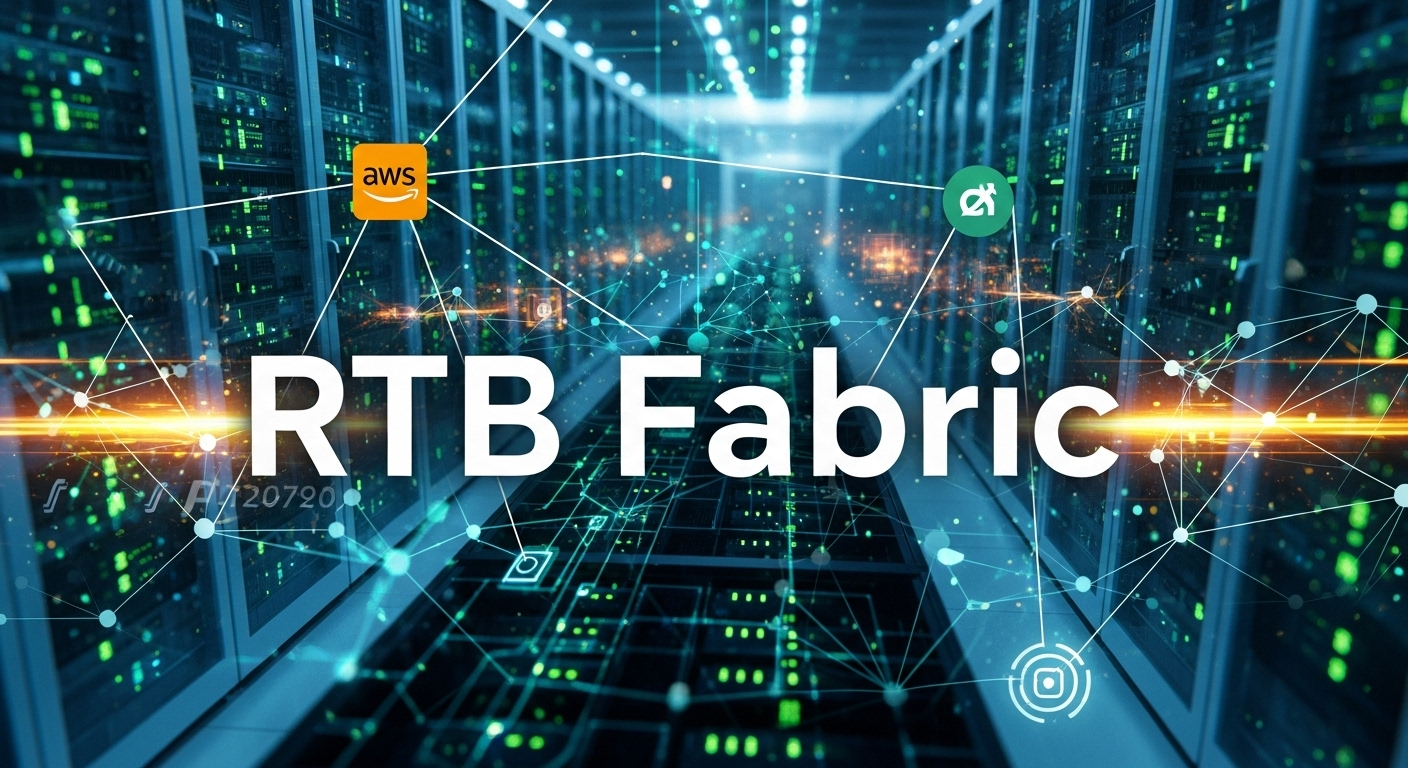AWS RTB Fabric: A New Era for Real-Time Advertising
In the fast-paced world of digital advertising, speed and efficiency are paramount. To address these needs, AWS has introduced AWS RTB Fabric, a fully managed service designed to revolutionize real-time bidding (RTB) advertising workloads. This innovative solution offers AdTech companies a dedicated, high-performance network environment, promising significant improvements in performance and cost savings.
What is AWS RTB Fabric?
AWS RTB Fabric is a specialized service built to streamline and optimize the complex processes involved in real-time bidding. What it does is provide a dedicated network environment that allows AdTech companies to connect seamlessly with their supply partners and demand partners. This environment is engineered to deliver exceptional performance, ensuring that every bid request and response is handled with minimal latency.
What makes AWS RTB Fabric stand out is its focus on performance. It aims to achieve single-digit millisecond performance, a crucial factor in the competitive landscape of RTB. This speed advantage allows AdTech companies to make quicker decisions, ultimately leading to better outcomes in their advertising campaigns.
How AWS RTB Fabric Works
How does AWS RTB Fabric achieve such impressive results? The service works by providing a dedicated, high-performance network environment. This environment is specifically designed to handle the demanding requirements of RTB workloads. By connecting with supply partners and demand partners through this dedicated network, AdTech companies can experience significantly reduced latency and improved overall performance.
This streamlined approach eliminates the need for colocation infrastructure or upfront commitments. This reduction in complexity allows businesses to focus on their core competencies: developing compelling advertising campaigns and optimizing their strategies.
The Benefits: Why Choose AWS RTB Fabric?
Why should AdTech companies consider adopting AWS RTB Fabric? The answer lies in the multitude of benefits it offers. The primary advantages include:
- Enhanced Performance: Single-digit millisecond performance ensures rapid processing of bid requests and responses.
- Cost Savings: Up to 80% lower networking costs compared to standard cloud connections.
- Simplified Infrastructure: Eliminates the need for colocation infrastructure and upfront commitments.
- Focus on Innovation: Allows AdTech companies to concentrate on developing innovative advertising strategies.
Why these benefits matter is because they directly translate to a competitive edge in the advertising market. Lower costs allow for increased investment in other areas, while faster performance leads to improved campaign effectiveness. By eliminating the complexities of managing infrastructure, AWS RTB Fabric empowers AdTech companies to focus on what matters most: delivering impactful advertising experiences.
Key Features and Capabilities
AWS RTB Fabric comes equipped with several key features designed to optimize RTB workloads. These include:
- High-Performance Networking: A dedicated network environment optimized for low latency.
- Fully Managed Service: AWS handles the underlying infrastructure, reducing operational overhead.
- Scalability: Designed to handle the fluctuating demands of real-time bidding.
- Security: Robust security features to protect data and ensure compliance.
Who Can Benefit from AWS RTB Fabric?
Who stands to benefit from AWS RTB Fabric? The primary beneficiaries are AdTech companies of all sizes. Supply partners and demand partners will also experience improvements as a result of the enhanced performance and efficiency of the platform. This service is particularly well-suited for companies that:
- Engage in high-volume RTB transactions.
- Require low-latency performance.
- Seek to reduce networking costs.
- Want to simplify their infrastructure management.
Conclusion
AWS RTB Fabric represents a significant advancement in the realm of real-time advertising technology. By providing a high-performance, cost-effective, and fully managed solution, AWS is empowering AdTech companies to thrive in an increasingly competitive market. The focus on speed, efficiency, and simplified infrastructure makes AWS RTB Fabric a compelling choice for businesses looking to optimize their RTB workloads and achieve better results.
As the digital advertising landscape continues to evolve, AWS is committed to providing innovative solutions that meet the changing needs of its customers. AWS RTB Fabric is a testament to this commitment, offering a powerful tool for driving success in the world of real-time bidding.
Sources:








